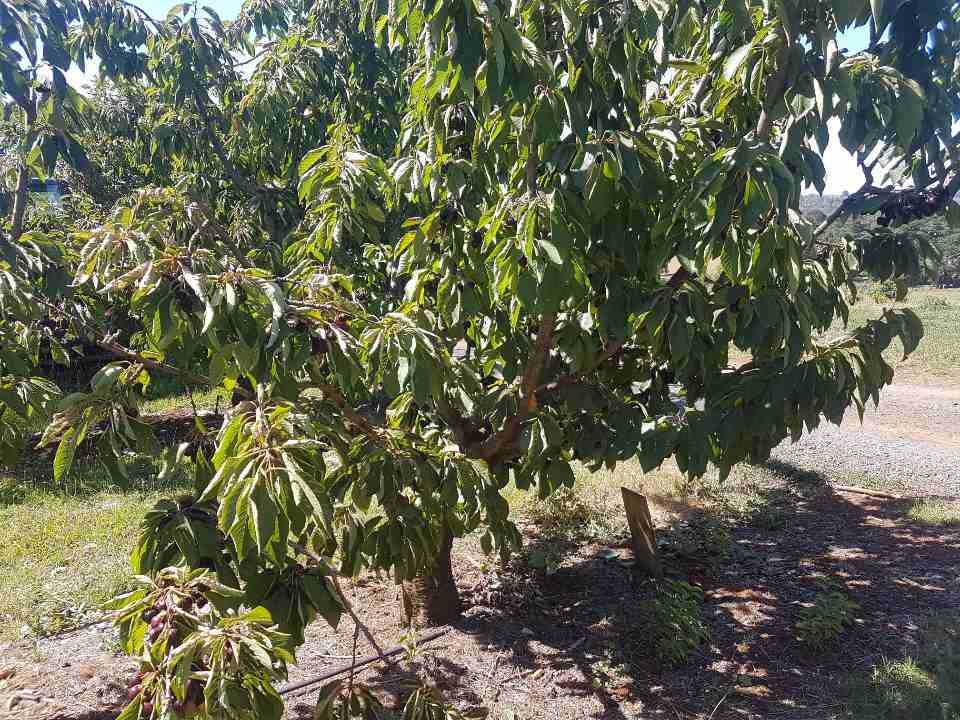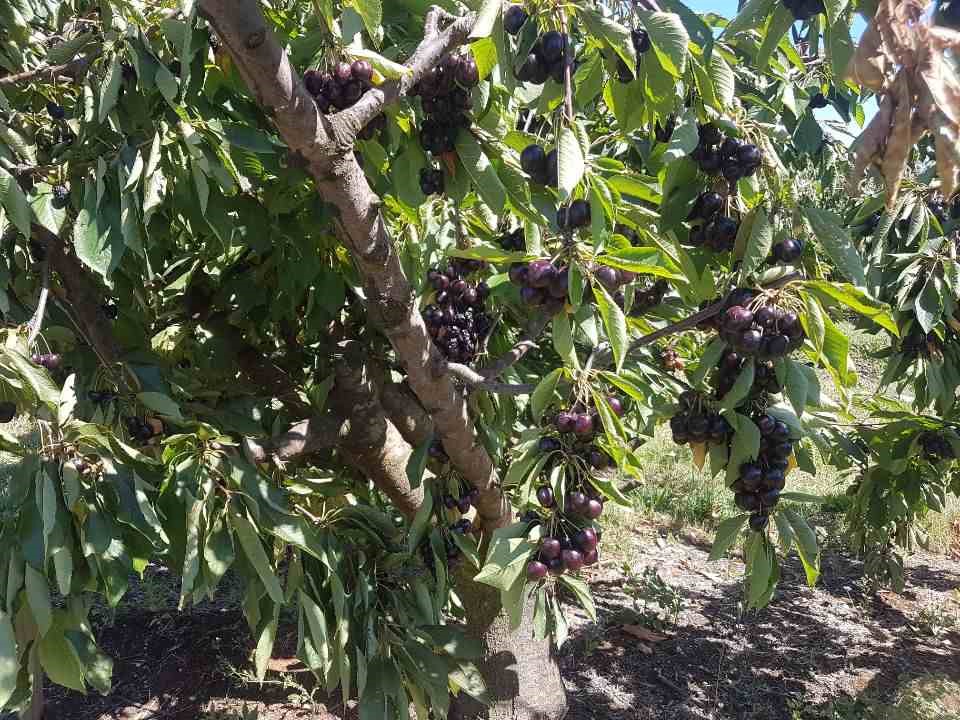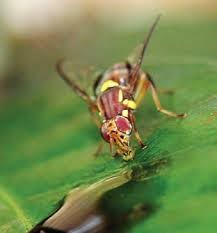By Bronwyn Koll, Yarra Valley QFF Action Plan Coordinator
As cherry harvest for the season ends, the pressure from Queensland Fruit Fly (QFF) can increase due to continued warm weather and increased breeding opportunities, hence a possible increasing QFF population.
Any cherries left on the tree after harvest are attractive to QFF. In areas where QFF are present, prevention and control measures should continue to be implemented for several weeks after harvest to reduce QFF risk in the region.


Picture: Cherries left on the tree after the harvest period are attractive to Queensland Fruit Fly. Fruit requires removal to decrease QFF risk, or continued protection from a QFF management program.
Prevention and management tools are;
Using a combination of prevention and management techniques improves the likelihood of reducing QFF risk to the orchard. Hygiene and baiting are the preferred management options having the least impact on the orchard system, as the use of a cover spray option requires consideration of other orchard production goals.
Why continue the prevention and management program after harvest?
As for many orchard pest insect populations, orchard hygiene after harvest is a crucial management factor to ensure QFF populations do not have any opportunity to build up in the local area and impose on the following season’s cherry production. Continuing good hygiene practices after cherry harvest also protect the up and coming round of ripening crops on the orchard or in the region. e.g. plums and late summer fruit, pome fruits, persimmons and figs. This is important even if no QFF were detected during the cherry season, as QFF populations could be on the increase.
As QFF prefer to lay eggs in hanging fruit, removal and destruction of the residual cherries from the orchard is optimal to prevent QFF breeding.
Damaging the fruit on the ground using machinery to squash or roll the fruit, or a combination of raking and squashing can also reduce the opportunity for larval survival in any infested fruit. Any fruit damaging method that is available can be applied, the idea being, the quicker the fruit can be dried up (on the tree or on the ground), the better.
Protein baiting continued beyond the last harvest, until after the last of any fruit left hanging are completely uninhabitable by QFF, is important for reducing the QFF population. Extended use of protein baiting is considered a useful post-harvest tool because any surviving larvae in the remaining fruit could then pupate in the soil for approximately 10 days (temperature dependent) and then emerge looking for the protein feed that they need to mature.

Picture: A protein baiting equipment set up for use in a Queensland Fruit Fly management program.

Picture: A Queensland Fruit Fly eating protein bait in a leaf (photo credit - Hort Innovation Australia).
Cover sprays are part of the orchard’s available options for QFF management. Before using cover sprays, carefully consider their use depending on a risk assessment of the individual situation. Agronomy advice is recommended when applying chemicals for QFF management.
A frequent look at the non-commercial fruit around the orchard, such as the family’s home garden and any host trees bordering the orchard, is another important job for QFF prevention and management. Cutting the fruit into fine slices and checking inside for larvae can help raise awareness and trigger increased action if QFF is present. Fruit in the home garden should also be regularly harvested and not left hanging to aid in the reduction of the regional QFF risk.
Yarra Valley Cherry growers can contact Bronwyn Koll, Yarra Valley QFF Action Plan Coordinator on 0490381999 or qff@agribusiness-yarravalley.com for local QFF information.
and return it to: VCA Secretary, PO Box 612, Mooroopna, 3629
Web design by Fruit Tree Media